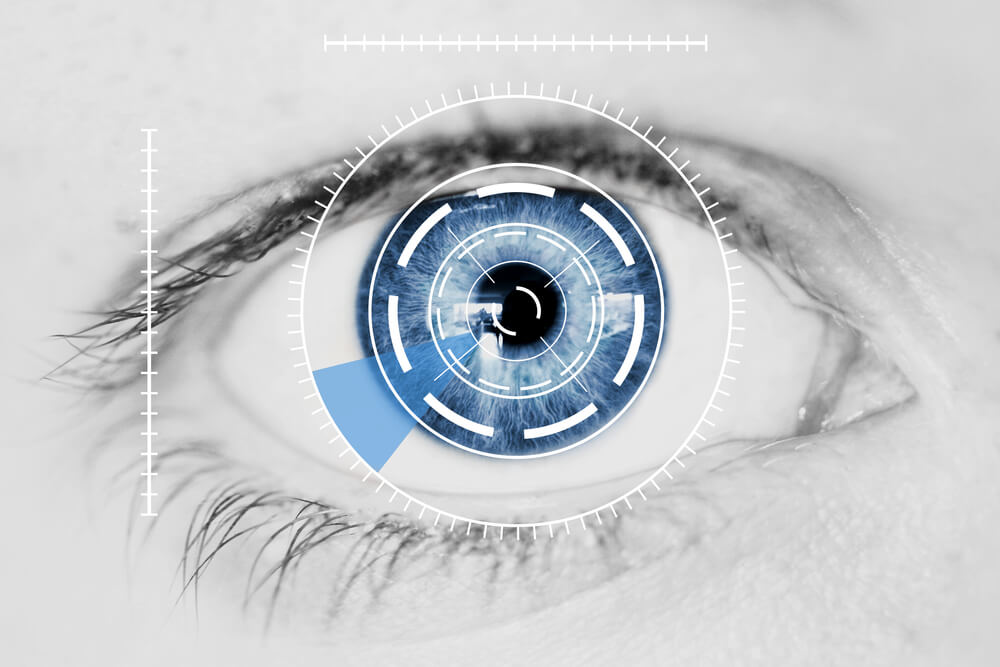Retina Technology

Does your eye doctor suspect that you may have retina problems? You may require special retina testing. University Retina offers several options for this testing, including:
Ultrawide Field Color Imaging
Ultrawide field color imaging is a test that allows your retina specialist to get a closer look at your retina. The retina is the part of the eye that helps you see.
Using ultrawide field color imaging can be helpful if you’re struggling to see or if your retina specialist suspects you may have a condition like diabetic retinopathy or retinal detachment. During ultrawide field color imaging, we can see a larger area of your eye at once, making it much easier to spot and treat any problems if they are there.
Fluorescein Angiography and Indocyanine Green ICG Angiography
Fluorescein angiography and indocyanine green ICG angiography is a way of imaging the eye’s posterior layers. Doing these tests gives your eye doctor or retina specialist a better understanding of certain eye conditions. They can also be helpful if your eye doctor wants to see how well the blood vessels in your eye are working.
They are often used for diagnosing conditions like uveitis, macular degeneration, diabetic retinopathy, retinal artery occlusion, retinal vein occlusion, central serous retinopathy, and ocular tumors. Performing them uses a small amount of liquid dye injected into a vein.
The dye injected into the vein is very similar to a blood draw. The dye helps your ophthalmologist visualize and see if there are any leaks or blockages in the blood vessels.
Having this available to see makes it much easier to determine the best possible treatment.
Optical Coherence Tomography (OCT)
Optical coherence tomography (OCT) is a non-invasive test conducted in-office at University Retina by our expert retina specialists. Using OCT provides real-time visualization of the retina, which is especially useful for conditions like diabetic retinopathy, macular holes, macula puckering and epiretinal membranes, retinal vascular occlusion, macular degeneration, and vitreous disorders. They can also map and measure the thickness of each of the retina’s distinctive layers using OCT.
Optical coherence tomography provides your retina specialist with detailed images, allowing them to diagnose any problems with your retina and recommend the best treatment. Your eye doctor may recommend OCT if you’re suffering from blurry vision, having difficulty seeing things clearly, or your eye doctor thinks you may have a condition like macular degeneration.
B-Scan Ocular Ultrasound
B-scan ocular ultrasound is a non-invasive procedure performed by skilled retina specialists at University Retina. Ultrasound is commonly used to image and evaluate the posterior part of the eye.
Your eye doctor may recommend ocular ultrasound for a mature cataract, to observe bleeding inside the eye, for retinal tears or a retinal detachment, and ocular tumors. Ultrasound imaging creates a picture of the retina using sound waves that bounce off different parts of your eye.
The sound waves are picked up by a machine that turns them into images your retina specialist can look at. Using B-scan ocular ultrasound allows an ophthalmologist or retina specialist to see structures inside your eye that may be harder to see using other tests.
Learn more about tests for the retina by requesting an appointment at University Retina!
Request an Appointment